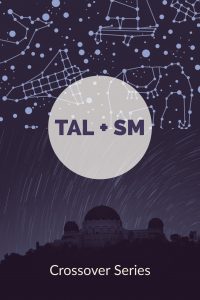What is ethnography? In anthropology, ethnography is both something to know and a way of knowing. It is an orientation or epistemology, a type of writing, and also a methodology. As a method, ethnography is an embodied, empirical, and experiential field-based way of knowing centered around participant-observation. This is obvious to anthropologists as it has been our central method for the last century. However, what ethnography is, how it works, and the unique specificity of ethnographic data is not always clear to outsiders, whether they are other researchers, officials, or members of the communities with whom we are working. Why is this, and how do we explain ethnography and its value when we are in the field? In April, we started a conversation about this in person at a conference at Cornell University, emailed back and forth over the summer, and concluded the conversation this month at a conference at the University of Colorado. We cover topics including the context of research, questions of technology, IRBs, being a native anthropologist, the usefulness of ethnography and stories, and ethnographic research as a unique sort of data.
****************
Carole: What constitutes the field always differs by scholar. Who we are in dialogue with, where, and why depends on one’s research project. However, no matter where we are or who we are, explaining our research topic and method is critical. In your research, with whom are you discussing ethnography as method, and how do you explain it?
Pasang: In my research, I discuss ethnography as method with village residents, diaspora communities, government officials, NGO officials, scientists, youth leaders, students, policy makers, technocrats, and conservation practitioners. These categories often overlap. Continue reading
